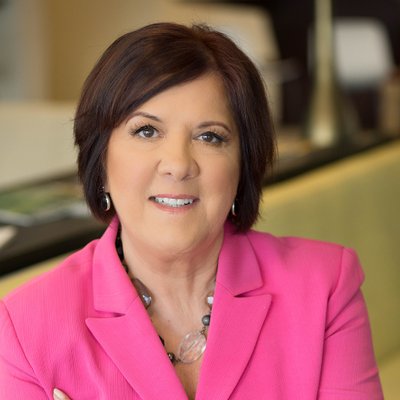This is a three part series. Read part two and part three for complete coverage.
Rising student loan debt isn’t the only education story to watch as a new school year begins. According to this February 2018 report from the Consumer Financial Protection Bureau (CFPB), students paid more than $27.6 million in maintenance and overdraft fees on college-sponsored checking and prepaid accounts during the 2016-2017 academic year.
But that’s not the only financial pressure facing today’s college students and new graduates. The confusing maze on student loan forgiveness and repayment plans, along an uptick in credit card use, adds up to a cumulative debt burden that threatens the financial well-being and future of Millennials and the next generation, your GenZ readers. That’s the larger story here for an enterprising business reporter or team to connect, beginning with these three questions on college bank accounts:
Why are college accounts getting so much attention?
The days of free pizza are over for banks offering freebies to tempt students to open accounts—but the incentives for colleges to give banks increased access to their students aren’t. After passage of the Credit CARD Act in May 2009, banks simply shifted their marketing agreements with colleges to debit cards and prepaid accounts. The CFPB, the federal government’s consumer bureau, surveyed 573 colleges and found that 116 received $16.6 million in compensation during the academic year of 2016-2017. Students at these colleges paid $36.52 in fees for the year—more than three times what students at colleges that didn’t receive compensation paid.
The U.S. Department of Education (DOE) didn’t issue student protections overseeing these accounts until October 2015. The CFPB sent its report to the DOE in late 2017, but it wasn’t released until February 2018 when consumer advocates filed a Freedom of Information Request (FOIA). Find out what’s been happening since then.
How have high fees hurt some of your readers and their families?
Ask them. Approximately 1.3 million students have open and active accounts with their college’s provider. Wells Fargo charged student $46.99 in fees during the academic year of 2016-2017, but fees at these colleges were higher: Riverside Community College District ($63.78); University of Alaska Fairbanks ($61.67); Loyola Marymount University ($59.51); Florida A&M University, ($58.65); and North Carolina Agricultural and Technical State University, ($55.43). You’ll find that information in the CFPB report, but you’ll have to call around to find out what banks that partner with colleges in your area charge. Did fees change during the academic year of 2017-2018 as a result of CFPB’s scrutiny? Why or why not?
How do students choose a bank account?
Assemble a panel with a few student borrowers, a consumer expert and financial planners specializing in Millennial and GenZ financial education. Nearly one in 10 student borrowers had 10 or more overdraft fees that cost them an average of $200 for the year, according to the CFPB.
Students managing their own money for the first time may not know the basics: Inform yourself. Shop around. Don’t assume your college’s offer is the best one, and don’t sign up just because it’s convenient. Here’s a checklist on opening a bank or debit card account from the CFPB. Or create your own with input from your panel. The CARD Act encourages the colleges to require credit and debt management, but it is not required. Colleges need to do a better job of informing students about ATM access and their choices, according to this 2014 Government Accountability Office. Ask the students on your panel if their college offers one.
Next: Finding good advice on student loan forgiveness and repayment.










